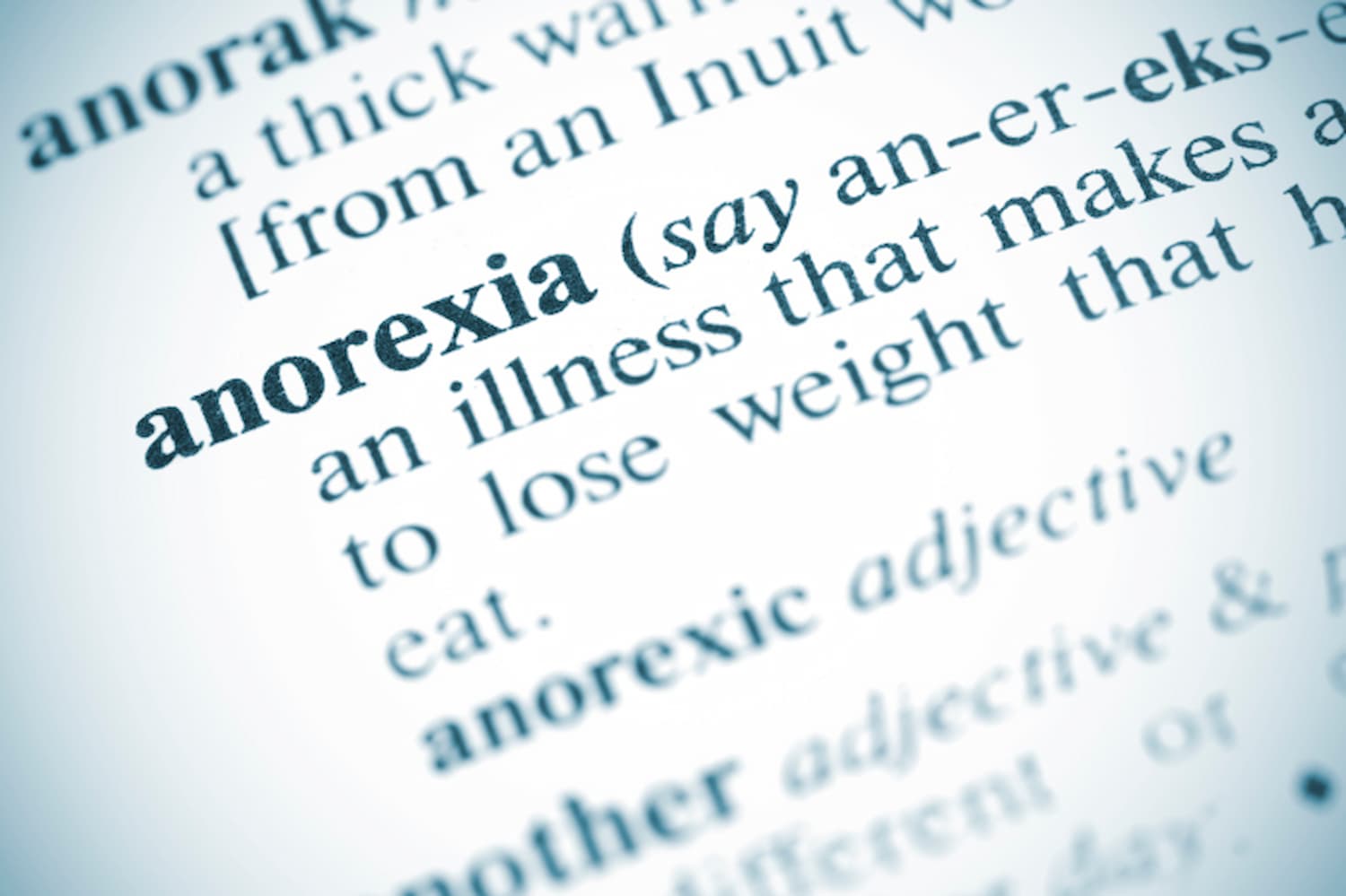
According to the Butterfly Foundation, eating disorders are "highly complex and serious mental and physical illnesses" that can affect people of all ages. It’s a distressing fact that eating disorders have increased significantly in the past decade. In this article, we take a closer look at eating disorders.
Eating Disorders Explained
An eating disorder is a mental health condition characterised by abnormal or disturbed eating habits, which frequently result in negative body image concerns. According to research, 80% of teenage girls in Australia fear becoming fat, while more than 20% of adult women are overly concerned with their body size and shape.
Eating disorders take control over a person’s relationship with food, body shape, weight, exercise routine, self-esteem and body image perception. Often, sufferers develop eating disorders when trying to cope with untreated psychological or emotional issues.
Around 2% to 3% of the population has an eating disorder, and while it tends to affect adolescent girls and women, many men go undiagnosed.
Causes of an Eating Disorder
Identifying the exact cause of an eating disorder remains a big challenge because individuals with anorexia nervosa, binge eating disorder, bulimia nervosa, or an eating disorder not otherwise specified all have different reasons for doing what they do. They may have personal experiences which act as triggers for the eating disorder such as childhood abuse or bullying at school. However, research suggests that brain chemistry and genetics may play a significant role in developing this type of illness.
A variety of risk factors can increase the likelihood of developing an eating disorder, such as:
- A family history of eating disorders
- Low self-esteem and a negative body image
- Weight cycling (extreme weight loss and extreme weight gain)
- Using food in inappropriate ways to cope with problems or anxiety
- Exposure to thin women in movies, social media or advertisements
- Substance abuse occurring with eating disorders
- Mental disorders such as anxiety, depression, obsessive compulsive disorder, borderline personality disorder, etc.
Types of Eating Disorders
Any disordered eating pattern may or may not lead to an eating disorder. According to an eating disorder specialist, one has to engage in restrictive eating, emotional eating, laxative abuse, bingeing, and excessive dieting and exercising for more than three months to meet the criteria for an eating disorder. If a person does these things occasionally or whenever they are only emotionally upset, then they are suffering from a disordered eating pattern.
The fifth edition of the Diagnostic and Statistical Manual of Mental Disorders classified eating disorders as follows:
- Anorexia nervosa: the person uses starvation and sometimes purging to lose weight, resulting in a significantly low body weight in relation to their age and gender.
- Bulimia nervosa: this involves cycles of bingeing on food and then purging. Laxatives, enemas or self-induced vomiting may be used to purge food.
- Binge eating disorders: this involves episodes of binge eating without purging.
- Rumination disorder: this type of eating disorder causes regurgitation of swallowed food, which may be rechewed, reswallowed or spat out.
- Pica: it involves the craving and eating of non-food items such as dirt, ice, chalk or paper, which often leads to iron deficiency and malnutrition
- Unspecified eating disorders: Eating disorders that do not fit the above criteria are known as Eating Disorders Not Otherwise Specified (EDNOS).
Source: GenPsych
Who Can Get an Eating Disorder?
The unfortunate truth is that anyone can develop an eating disorder. While many people mistakenly think it only affects adolescents, a recent study published in the International Journal of Eating Disorders found that 62% of women aged 50 and over said their weight "negatively impacted" their lives.
People who currently have a disordered eating pattern and a negative body image are more likely to develop an eating disorder in the near future.
The Warning Signs
Eating disorder symptoms vary from person to person, depending on the type and severity of their condition. It's easy to confuse a person with a disordered eating pattern and one who has an eating disorder, so it's important to consider how long they've been experiencing abnormal eating habits.
A person who experiences the symptoms below may be at risk of developing an eating disorder:
- Rapid weight loss or gain
- Poor circulation
- Digestive problems such as constipation and bloating
- Fainting or dehydration
- Declined dental health
- Changes in eating habits and patterns
- Constant dieting
- Visiting the bathroom after eating
- Isolation and avoiding social situations
- Obsessive food-related thoughts
- Anxiety or depressive symptoms
- Self-harm
- Suicide attempts
- Body dysmorphic disorder (BDD) or being overly obsessed over the flaws in your appearance
It’s an alarming fact that the suicide rate for people with anorexia is a staggering 32% higher than average. That’s why it’s imperative to immediately seek professional help if you (or someone you know) are experiencing the above symptoms.
Since many people who have an eating disorder also experience depression, consulting a mental health professional, such as a counsellor, may also bring relief and support.
Originally published on Jul 24, 2013








